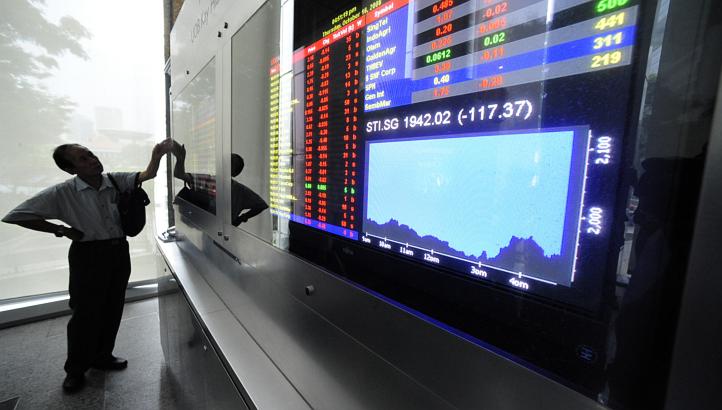Dear Friends
Thanks for dropping by our page. This article will mark the beginning your learning journey to be a Value Investor. Let’s start now.
When I mention the word “stock market” and the first thing that comes to your mind is “casino”, then you have come to the right place to find out more.
The stock market is far from a casino where people wager their bets. The stock market is far from numbers moving up and down. The stock market is certainly not a place to gamble in. What the stock market is, is that it contains a collection of businesses. Just like how you trod down to a wet market to buy your chicken and fish every Sunday, investors go to a stock market to buy the businesses that they would like to own.
In Singapore, there are around 780 companies listed in the stock market. In other words, there are 780 businesses for you to choose to invest in. There is only one exchange, Singapore Exchange (SGX), where companies can list. Other than stocks, there are other instruments that can be listed on an exchange. It includes Exchange Traded Funds (ETFs), Real Estate Investment Trusts (REITs), Business Trusts and Warrants.
In comparison, bigger countries like the United States of America have more exchanges. In the US, there are three primary exchanges and they are the New York Stock Exchange (NYSE), American Stock Exchange (AMEX) and National Association of Securities Dealers Automated Quotation System (NASDAQ). There are more than 8,000 companies listed in the whole of US. Some of the famous ones include Starbucks, Disney, Johnson and Johnson, Coca-Cola, Visa, Mastercard, etc.
The Straits Times Index (STI) shows the performance of the Singapore stock market as a whole. It’s a benchmark to compare the stock market of other countries to. The STI tracks the performance of the top 30 companies in Singapore. Some of the companies in the STI include household names such as Singapore Airlines (SIA), DBS Bank Limited (DBS), Singapore Telecommunications Limited (Singtel), Singapore Press Holdings (SPH), Starhub and SGX itself. The companies in the STI are also sometimes referred to as “blue-chip” companies since they are the “big boys”.
When you buy a stock/share, you buy a share of ownership in the company. The word “stock” or “share” can be used interchangeably to refer to the ownership. When you buy a stock, you’re entitled to a small fraction of the assets and earnings of that company. Assets include everything the company owns (both tangibles and intangibles like buildings, brand name, etc), and earnings are all of the money the company brings in from selling its products and services. As an investor, you will be entitled to the capital gains of the stock when the business grows. You will be entitled to dividends declared by the company as well. On the other hand, if the business flounders, shareholders will take on the loss of the business when the stock price drops and dividends are cut. Shareholders will also be allowed to vote in general meetings and elect and dismiss directors.
When you look at the stock market from the perspective of having a fractional ownership in a company, you will be more interested in whether the company grows yearly rather than is the stock price going up or down on a daily basis. Having a business-like approach to investing allows you to have a good-night’s sleep. In the next article, we will be looking at why companies list in the stock exchange.
To know more about Value Investing …….
Click HERE and join me for a Free Investing Workshop.
Cheers!
Research Team
Mind Kinesis Value Investing Academy




